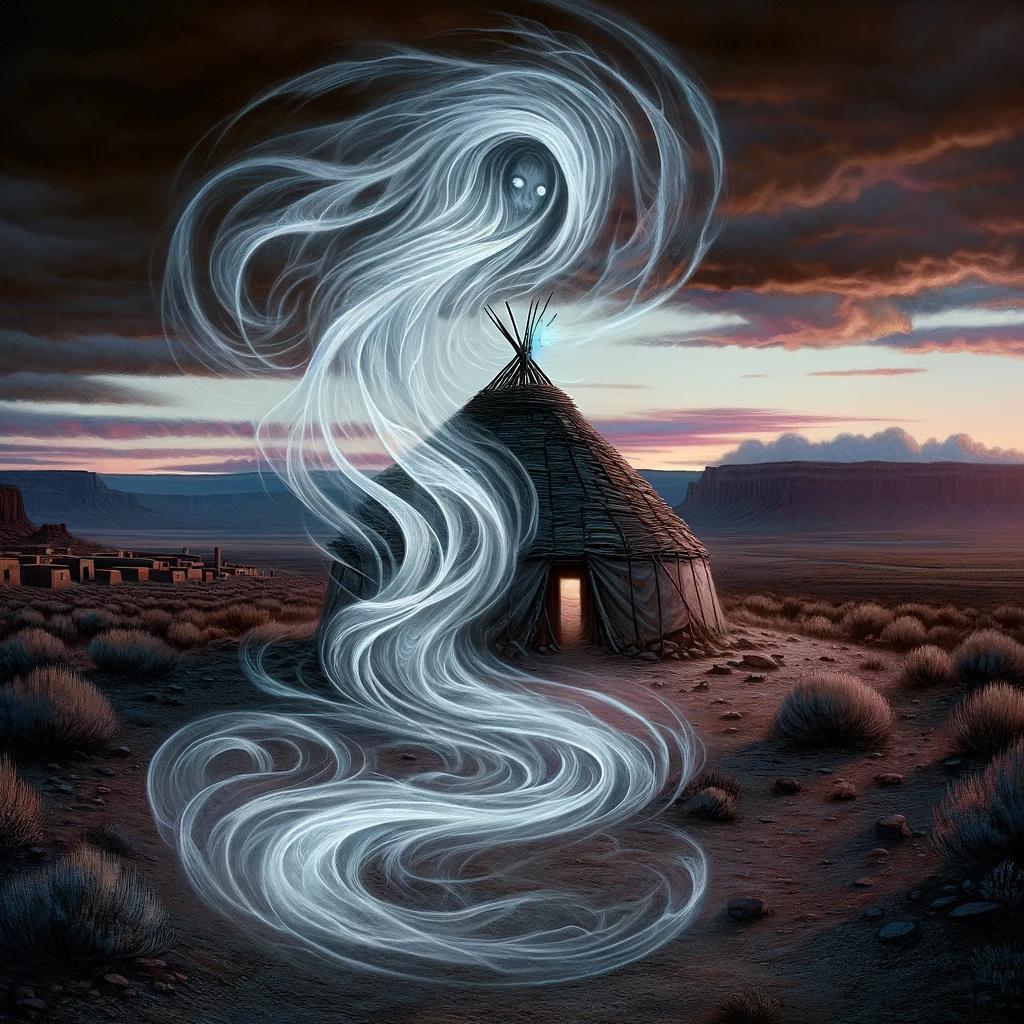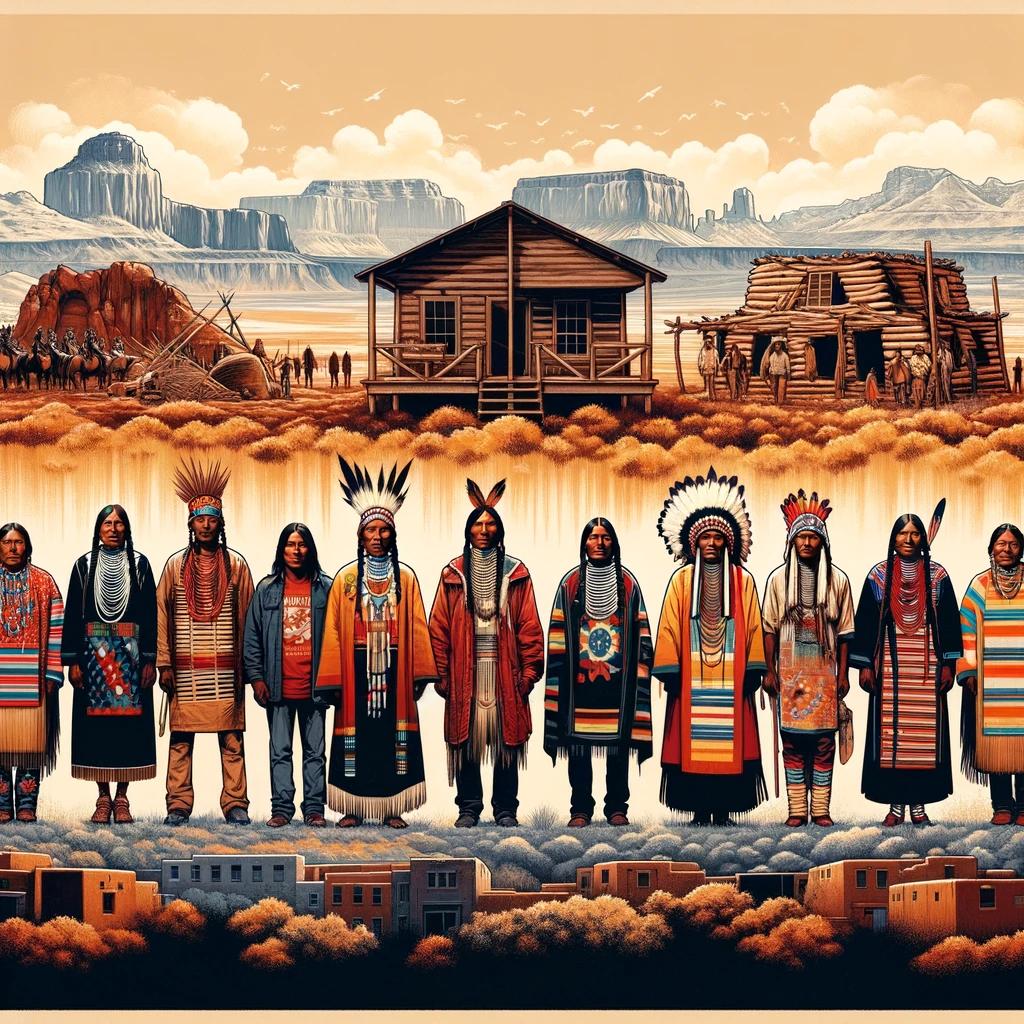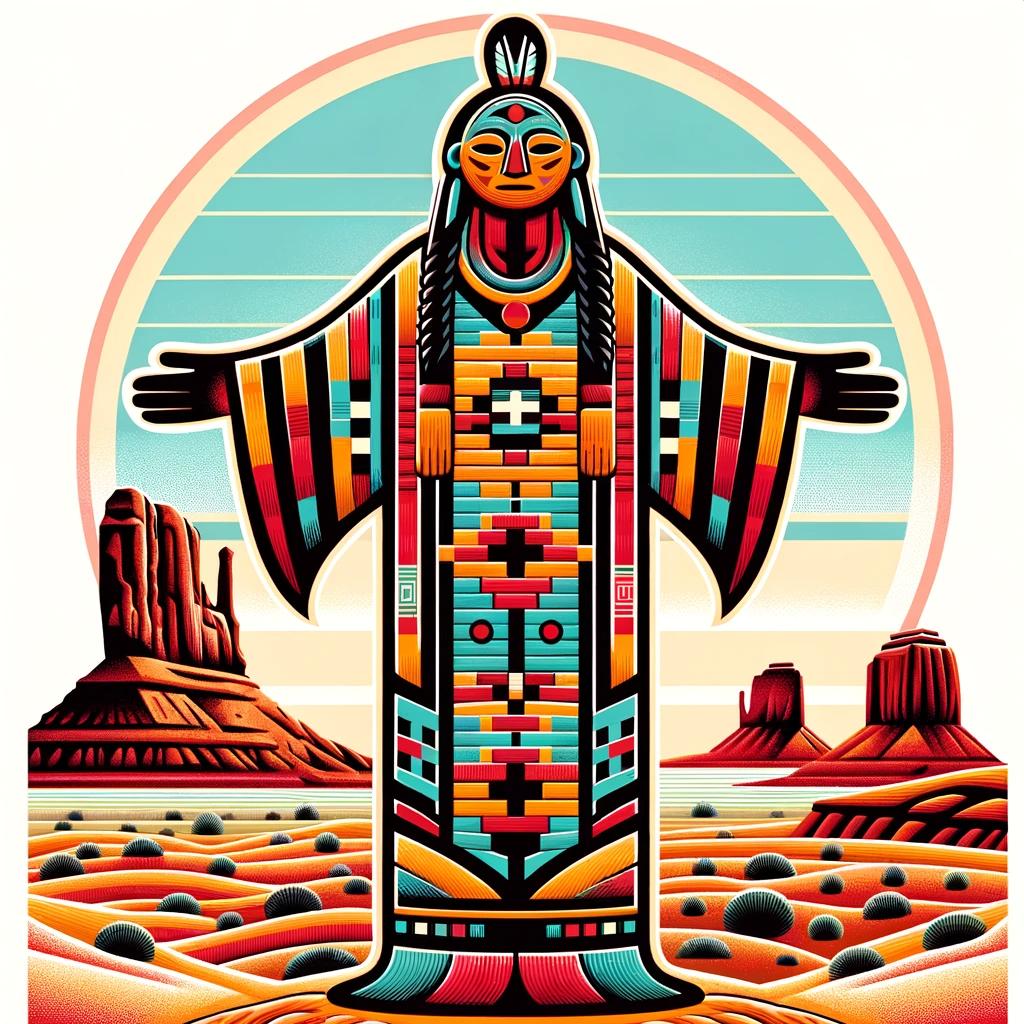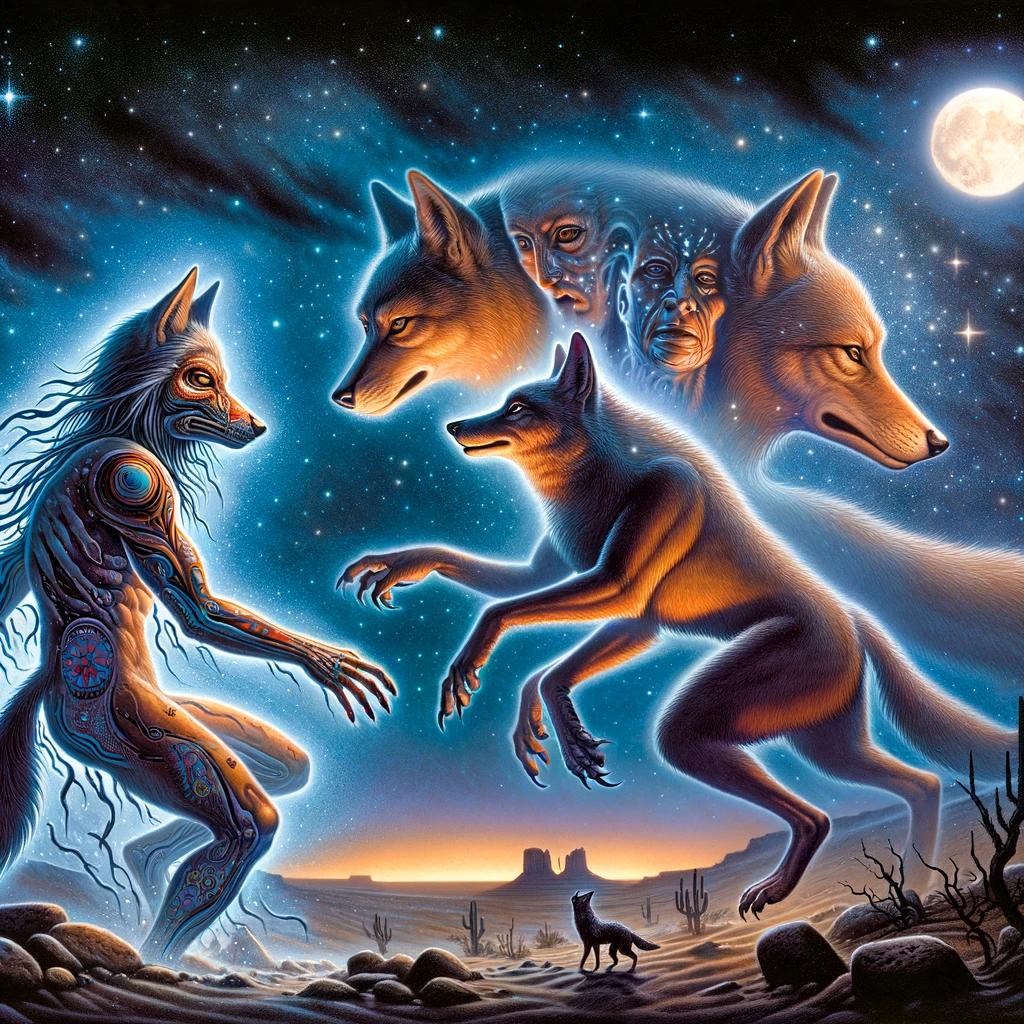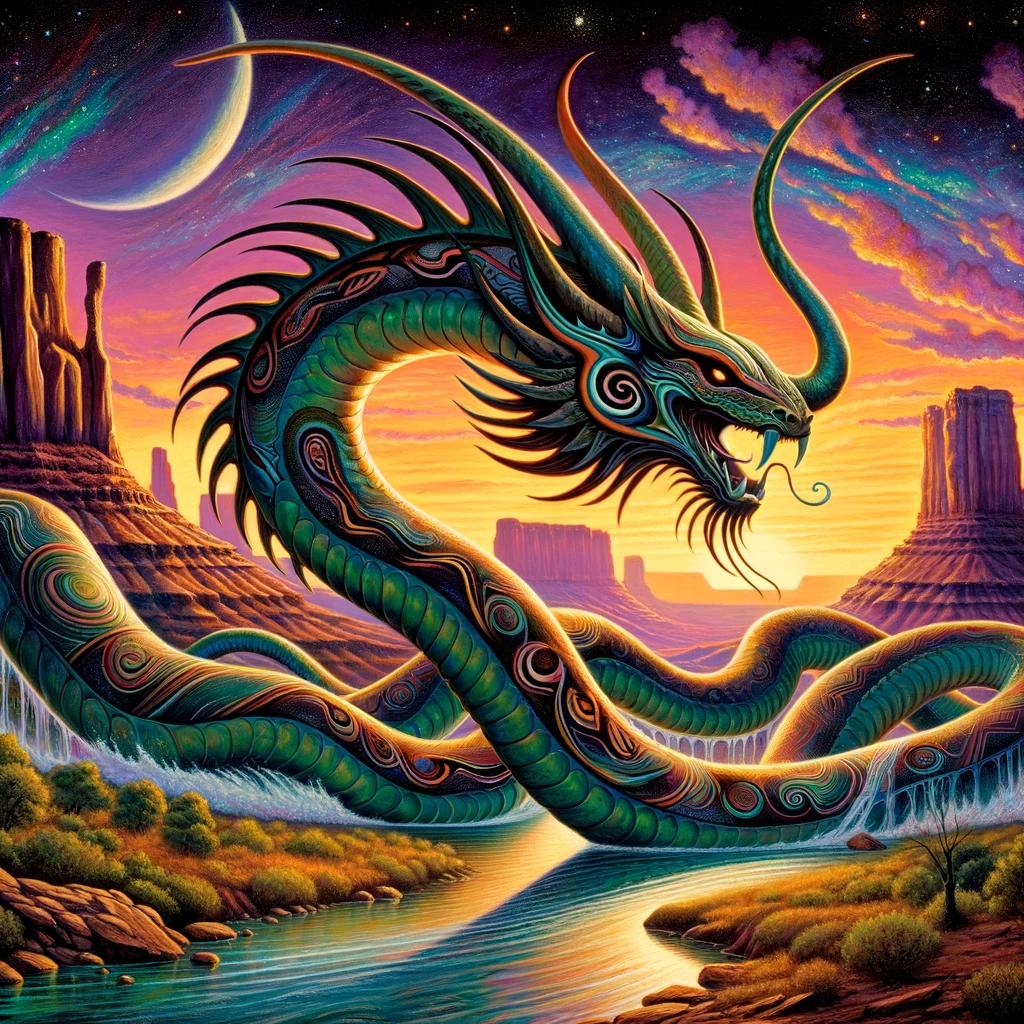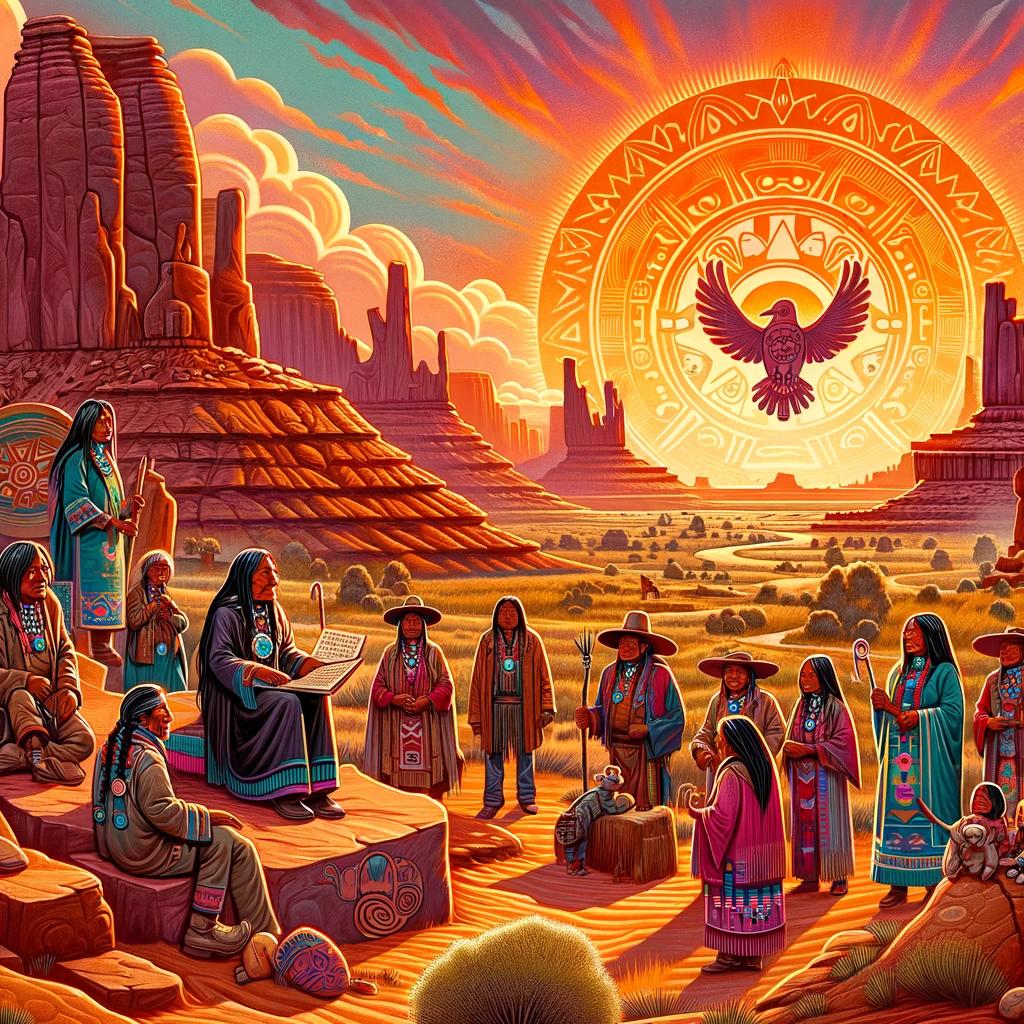Chindi Navajo Mythology: Uncovering the Ghostly Spirits of Navajo Culture
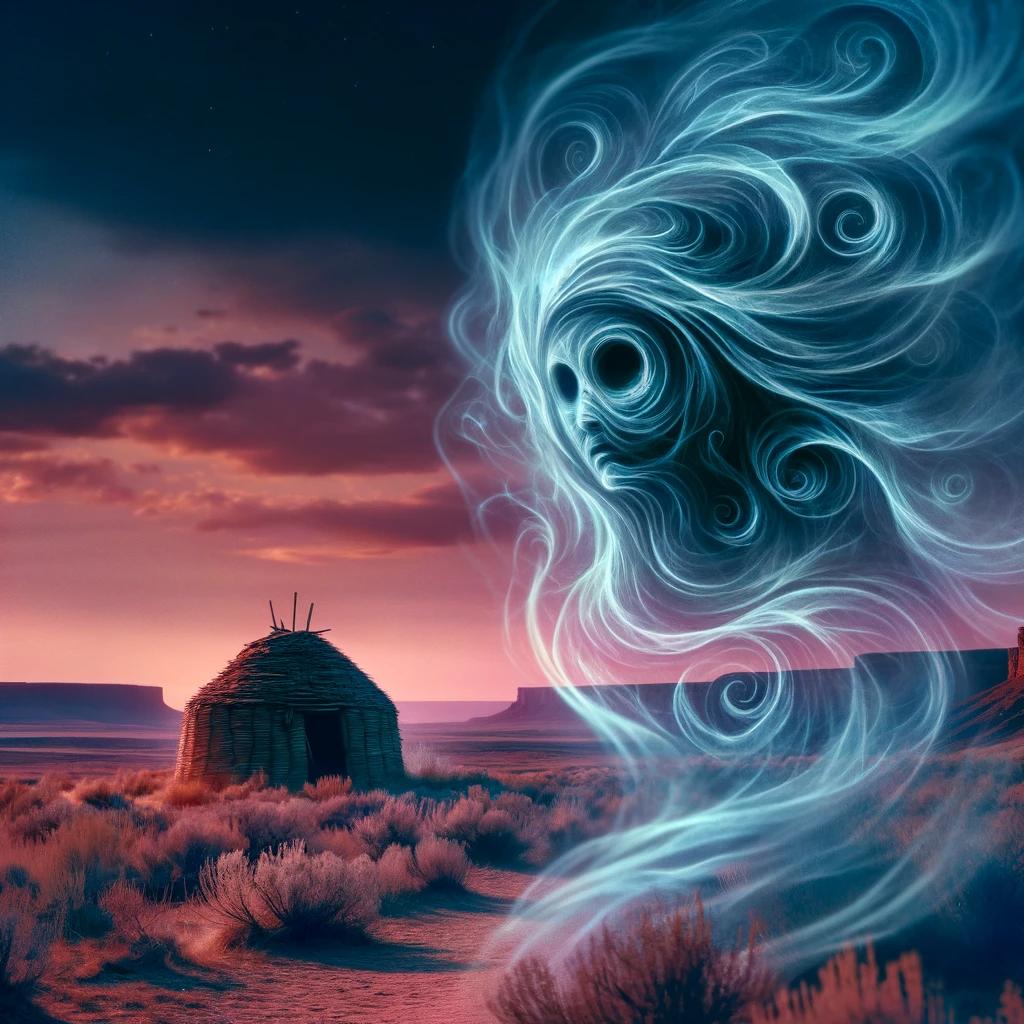
Chindi Navajo mythology is a rich and intriguing part of Navajo culture. It centers around the belief in Chindi spirits, the ghosts of deceased individuals. Navajo traditions hold that these spirits leave the body at the moment of death and can bring illness if present.
Chindi are often associated with dust devils, with clockwise and counterclockwise rotations representing different forms of spirits. The Navajo have ceremonies and practices aimed at protecting against Chindi and their effects, utilizing rituals, ghost beads, cedar berries, and other methods.
Real-life encounters with Chindi have been documented, adding to the mystique of Navajo mythology. Additionally, the demon Rabisu and key texts provide further insights into Navajo beliefs.
The Belief in Chindi Spirits
In Navajo mythology, the belief in Chindi spirits holds significant cultural and spiritual importance. Understanding the concept of Chindi is essential to comprehend the Navajo perspective on the afterlife and the effects of Chindi presence on individuals.
The Concept of Chindi
Chindi refers to the spirits of deceased individuals in Navajo belief. According to tradition, Chindi spirits separate from the body at the moment of death, and their lingering presence can cause ghost sickness.
The Navajo people attribute great significance to Chindi, believing that they remain near the deceased’s belongings, often leading to the disposal or destruction of these items. The mention of a deceased individual’s name is avoided out of fear of falling ill.
Navajo Beliefs about the Afterlife
In Navajo culture, the belief in an afterlife is tied closely to the concept of Chindi. It is believed that a person’s last breath contains all the sins and negative aspects of their life.
To dissipate the Chindi spirit, it is released into the open air. However, it is also believed that doctors and medicine men have the ability to spread the Chindi sickness and contaminate others.
Effects of Chindi Presence
The presence of Chindi can have adverse effects, including illness and misfortune. Navajo people believe that encountering Chindi can lead to sickness and even death. This belief is reinforced by the story of a family cursed by a blind medicine man who sent a Chindi to seek revenge on them.
Each family member fell gravely ill and eventually succumbed to their illnesses. Others who married into the family also suffered similar fates.
Chindi Symbolism and Representations
Within Navajo mythology, Chindi spirits are often symbolically represented as “dust devils” – small swirling columns of dust or dirt. These ethereal manifestations are believed to be the lingering presence of deceased individuals.
In Navajo culture, clockwise dust devils are considered benevolent spirits, while counterclockwise ones are seen as malevolent. This symbolism reflects the dual nature of Chindi.
‘Dust Devils’ as Chindi Spirits
Dust devils, commonly seen in arid landscapes, serve as visual representations of Chindi spirits.
These swirling formations connect the physical world with the spiritual realm, allowing Chindi to exist and interact with the living. Their ephemeral nature mirrors the transient and intangible aspect of the Chindi presence, as they hover around the belongings and places associated with the deceased.
Clockwise and Counterclockwise Chindi Symbolism
The direction of rotation in which the dust devils spin holds significant symbolism in Navajo mythology. Clockwise rotations are associated with positive forces and are believed to bring blessings and protective energy.
Conversely, counterclockwise rotations indicate negative or harmful energies, often associated with Chindi bringing illness and misfortune.
The contrasting symbolism of clockwise and counterclockwise Chindi furthers the belief in the dualistic nature of these spirits.
It underscores the caution and reverence with which Chindi must be approached, as they possess both the potential to heal or harm depending on their nature and intentions.
- The swirling dust devils serve as symbolic representations of Chindi spirits.
- Clockwise rotations symbolize benevolence and positive forces.
- Counterclockwise rotations signify malevolence and negative energies.
Understanding the Chindi symbolism provides insight into the intricate worldview of Navajo mythology and the interplay between the spiritual and physical realms.
Protecting Against Chindi
The Navajo people have developed a range of traditional ceremonies and rites to protect against the malevolent influence of Chindi spirits. These practices date back centuries and are deeply rooted in the Navajo culture and belief system.
Traditional Navajo Ceremonies and Rites
One prominent ceremony used for protection against Chindi is the Enemy Way ceremony. This ancient ritual involves a series of sacred activities that aim to restore harmony and balance in the community.
It incorporates dance, sand painting, and ritual chants to invoke the power of Monster Slayer, a significant figure in Navajo mythology known for combating evil spirits.
Navajo individuals also utilize ghost beads and cedar berries as important protective elements.
Ghost beads, made from juniper seeds or plants, are believed to entrap Chindi and prevent their harmful influence. Cedar berries, known for their purifying properties, are often used to create intricate necklaces and accessories that act as charms against malevolent spirits.
Modern Practices and Beliefs
In addition to traditional ceremonies, modern Navajo individuals have adopted new practices and beliefs to safeguard themselves against Chindi. These practices can vary between individuals and may include personal protective methods passed down through generations.
Chindi Mythology in Literature and Media
With the advent of technology and access to information, Navajo mythology, including Chindi beliefs, has found its way into literature and media. Books and publications, such as ‘The Werewolf Book: The Encyclopedia of Shape-Shifting Beings’ by Brad Steiger, provide valuable insights into Chindi and other aspects of Navajo mythology.
These sources enable individuals to deepen their understanding of Chindi and to develop informed protective practices.
Personal Protection Methods
Individuals may also develop their own personal protection methods against Chindi spirits. These methods can include wearing protective charms, performing daily rituals, or seeking guidance from medicine men or women. The Navajo people understand the importance of staying vigilant and maintaining a strong spiritual connection to counteract the influence of Chindi.
Staying Connected to Cultural Heritage
- Embracing cultural traditions and customs
- Maintaining strong ties to the Navajo community
- Learning ancestral practices
By embracing their cultural heritage and ancestral practices, Navajo individuals strengthen their spiritual connection and protect themselves against the Chindi’s negative influence.
Overall, the Navajo people employ a combination of traditional ceremonies, spiritual practices, and personal protective methods to defend against Chindi spirits. These multi-faceted approaches demonstrate the significance of Chindi Navajo mythology in shaping the Navajo community’s beliefs and actions.
Real-Life Encounters with Chindi
As part of Navajo mythology, real-life encounters with Chindi spirits have left a lasting impact on individuals and their communities. These encounters serve as eerie reminders of the power and potential consequences associated with these ghostly entities.
The Story of the Cursed Family
One haunting tale involves a cursed family who fell victim to a Chindi sent by a blind medicine man they had deceived. Each family member suffered severe illness and eventually met a grim fate.
Tragically, others who married into the family experienced similar misfortune, perpetuating the belief in the malevolence of Chindi.
Chindi Sickness and its Effects
Chindi sickness, attributed to the presence of these spirits, brings about a range of debilitating illnesses. Those affected may experience physical ailments, psychological distress, and spiritual unrest. The belief that a person’s last breath carries their sins adds weight to the potential harm that Chindi can cause.
The Navajo people hold the strong conviction that Chindi can be released into the open air, dissipating on their own. However, dangers arise when doctors or shamans unknowingly spread the infectious Chindi sickness, unknowingly contaminating others.
To counter the effects of Chindi encounters and protect themselves, the Navajo practice various rituals and ceremonies deeply rooted in their culture and spirituality.
Enemy Way Ceremony
Use of Ghost Beads and Cedar Berries
The Enemy Way Ceremony is a traditional Navajo ritual aimed at neutralizing the negative impact of Chindi. This complex ceremony incorporates dance, sand painting, and ritual chanting to invoke the aid of powerful mythological figures like Monster Slayer.
Navajo individuals employ amulets and protective items made from ghost beads, which are crafted using hollowed cedar berries. These beads act as a defense against Chindi presence and their potential malefic influence.
Modern practices and personal beliefs also come into play as individuals seek additional methods to ward off Chindi. Furthermore, explorations of Navajo mythology, including texts like Brad Steiger’s “The Werewolf Book: The Encyclopedia of Shape-Shifting Beings,” provide further insight into Chindi and related folklore.
Real-life encounters with Chindi emphasize the significance of these spirits in Navajo culture and the measures taken to safeguard against their harmful effects.
Exploring Other Aspects of Navajo Mythology
In addition to the captivating beliefs and practices surrounding Chindi spirits, Navajo mythology encompasses various other intriguing aspects. This section delves into the lesser-known yet significant aspects of Navajo culture, including the existence of the demon Rabisu and notable texts on Navajo mythology.
The Demon Rabisu in Navajo Culture
The Navajo culture holds intriguing references to the demon Rabisu, adding depth to their rich mythological tapestry. With a distinct presence in Navajo folklore, the demon Rabisu symbolizes malevolence and serves as a compelling antagonist in various narratives.
Understanding the role and significance of the demon Rabisu sheds light on the intricacies of Navajo mythology.
Key Texts and Sources on Navajo Mythology
A deeper exploration of Navajo mythology would be incomplete without delving into the key texts and valuable sources that provide valuable insights into their ancient beliefs. Notable works like “The Werewolf Book: The Encyclopedia of Shape-Shifting Beings” by Brad Steiger offer a glimpse into intricate details, characters, and stories associated with Chindi spirits and other mythological elements.
These texts provide a wealth of knowledge for enthusiasts keen on understanding the depth and complexity of Navajo mythology.
.

